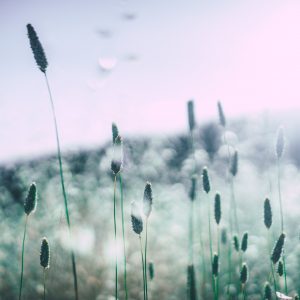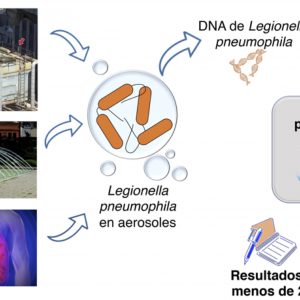We are a multi-disciplinary team of engineers along with chemists, physicists and biologists who, since 1986, have been working on giving a response and finding solutions to the problems relating to the interaction between materials and human beings, mainly micro-organisms. We are members of the HTSE for Industry and the HTSE for Mines and Energy. We are also members of the Cultural Heritage cluster at the Moncloa IEC and are a part of SOCIEMAT (Spanish Materials Society), SEM (Spanish Microbiology Society) and IBBS (International Biodeterioration and Biodegradation Society).
Site card
Bioengineering and Materials (BIO-MAT)
BIO-MAT
Structure: Research Groups
Our work at the Bioengineering and Materials (BIO-MAT) Group is based on the following lines of research:
- Biofilms, Biodeterioration and Microbial Corrosion
- Biodegradation and Bioremediation
- Polymer and Biopolymer Nanotechnology
- Behaviour of Materials in Service
- Sinters and New Materials
- Molecular Microbiology and Biotechnology
- 1.-Biofilms, Biodeterioration and Microbiologically Influenced Corrosion
- 2.-Biodegradation and Bioremediation
- 3.-Nanotechnology of Polimers and Biopolimers
- 4.-Behavior of Materials in Service
- 5.-Sintered and New Materials
- 6.-Molecular Microbiology and Biotechnology
The BIO-MAT Group has studied microbial corrosion in industry and has drawn up an information sheet about these MIC processes (Microbiologically Influenced Corrosion) that can be seen on the IBBS ¿International Biodeterioration and Biodegradation Society¿ web site.
We also work in the field of cultural and historical heritage biodeterioration where we have had several collaborations with the Cultural Heritage Institute, such as the study on the biodeterioration of the Los Leones Fountain in La Alhambra (Granada). In the palaeolithic caves of Covalanas and La Haza (Ramales de la Victoria, Cantabria), which are considered to be World Heritage, and in other caves on the Cantabrian coast, and in the Maltravieso Cave (Cáceres), we have carried out research aimed at conserving the cave paintings for future generations. Joint activities with La Plata University (Argentina) have also been carried out, to study the biodeterioration of materials of cultural, historic and social value in Argentina. In relation to more modern materials, the biodeterioration of cinema films belonging to Cuba's Cultural Heritage was assessed.
We collaborate with the CSIC Polymer Science and Technology Institute on a regular basis, dealing with the biodegradation of polymer nanocomposites for ecological and medical use.
Another area we work in is bioremediation of waters polluted with heavy metals and radionuclides. We have developed a patent (which has been extended to the USA), jointly with Iberdrola, which includes these processes and which gained second prize in the first Community of Madrid Patents Competition.
We have researched microbial biodiversity in the urban air of the Community of Madrid with emerging technologies in molecular biology and the help of drones equipped with samplers (AIRBIOTA-CM Programme) and we are going to continue this line via the AIRTEC-CM Programme, "Comprehensive Assessment of Urban Air Quality and Climate Change", jointly with other Groups from the UPM, UAM, UCM , CSIC, CIEMAT and Hospital Clínico San Carlos.
Showing all 2 results
-
Portable and autonomous device to collect airborne particles in motion
-
Molecular method based on polymerase chain reaction (PCR) for detecting Legionella pneumophila bacteria in environmental (air, water, etc.) or clinical samples, in less than 24…






